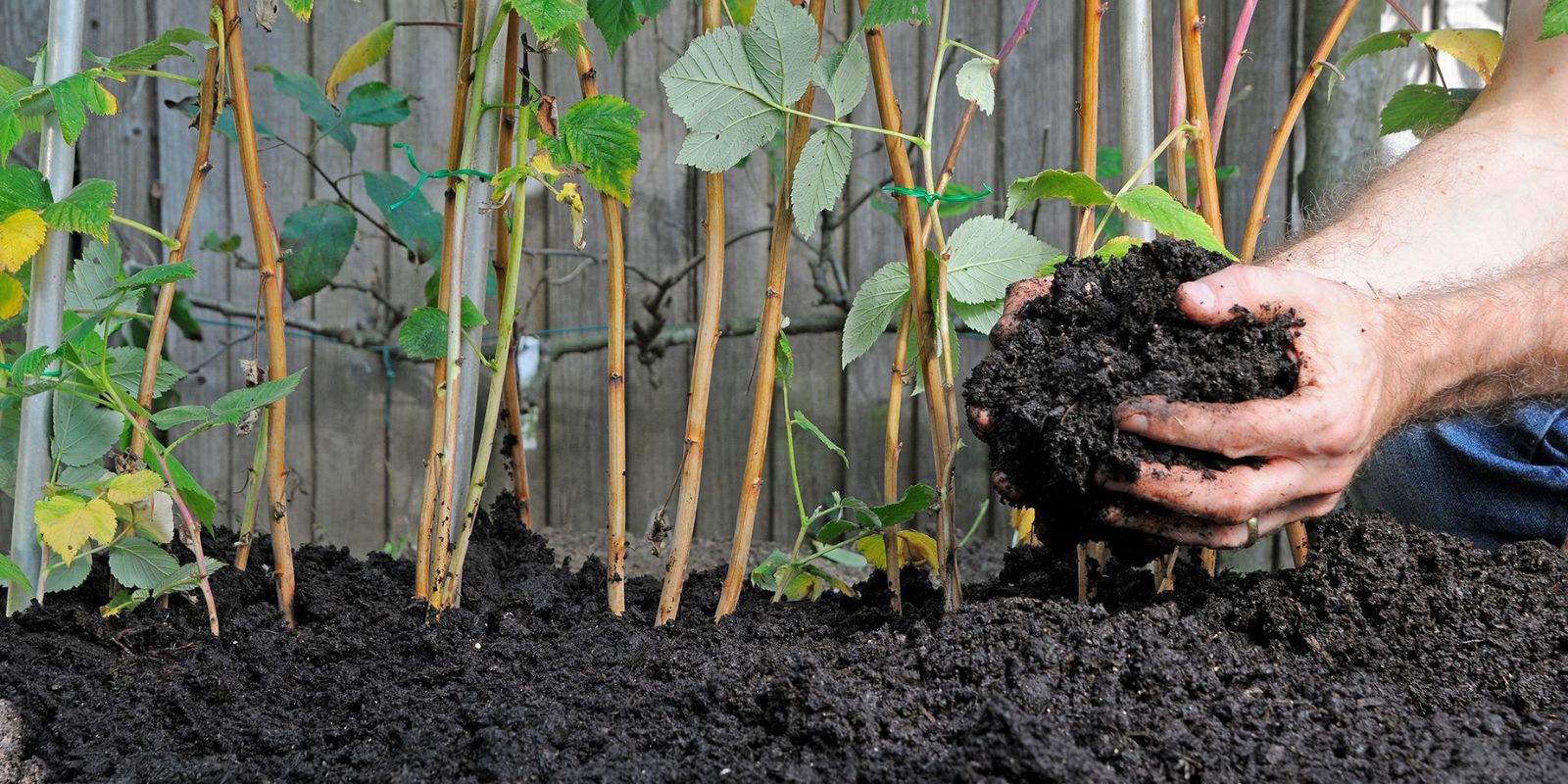Introduction
Composting is one of the most rewarding practices in gardening, offering a sustainable way to recycle organic waste into nutrient-rich soil. However, understanding when compost is ready to use can be confusing, especially for beginners. How long should compost sit before it’s ready to nourish your garden? The answer depends on several factors, including the composting method you choose, the materials you use, and the conditions under which the compost is made. In this article, we’ll delve into the details of composting timelines and provide practical tips to ensure your compost is perfectly matured.
What Determines Composting Time?
- Composting Method
- Hot Composting: This method involves maintaining high temperatures (135–160°F) through regular turning and proper balancing of greens (nitrogen-rich) and browns (carbon-rich). Hot composting can produce ready-to-use compost in as little as 3-6 months.
- Cold Composting: A slower, less labor-intensive method, cold composting takes 6-12 months or longer since it relies on natural decomposition without frequent turning or heat generation.
- Material Type
- Quickly Decomposing Materials: Items like fruit scraps, coffee grounds, and grass clippings break down faster.
- Slowly Decomposing Materials: Woody stems, nutshells, and paper take longer to decompose and may delay the overall process unless shredded.
- Environmental Factors
- Temperature, moisture levels, and aeration significantly affect the decomposition process. A hot, moist, and well-aerated pile will decompose faster than a cold, dry, and compacted one.
Signs Your Compost Is Ready
Knowing how to identify mature compost is crucial. Here’s what to look for:
- Color and Texture: Finished compost is dark brown or black, with a crumbly texture similar to soil.
- Smell: Properly finished compost smells earthy and pleasant, not sour, rotten, or ammonia-like.
- Volume Reduction: The pile will shrink significantly as organic matter decomposes.
- Squeeze Test: Grab a handful of compost and squeeze it. It should feel damp but not dripping water.
- Temperature Drop: When compost is active, it heats up. Once the decomposition process is complete, the temperature stabilizes to match the surrounding air.
How Long Should Compost Sit?
After your compost pile has gone through the active decomposition phase, it’s often recommended to let it sit, or “cure,” for 1-2 weeks before using it. This curing period allows beneficial microbes to settle and stabilize, making the compost even more effective for plant growth.
General Timeline for Compost Types:
- Hot Compost: 3-6 months, plus 1-2 weeks curing time.
- Cold Compost: 6-12 months, plus 1-2 weeks curing time.
- Vermicomposting: Worm composting produces usable compost in about 2-3 months.
How to Speed Up the Composting Process
If you want to accelerate the process, follow these tips:
- Shred Materials: Chop or shred large items like branches, cardboard, and stems to increase surface area and speed up decomposition.
- Maintain a Balance: Keep a good ratio of greens to browns (usually 1:2) to optimize microbial activity.
- Aerate Regularly: Turn the pile every 1-2 weeks to ensure oxygen reaches all parts of the pile.
- Moisture Management: Keep the pile as damp as a wrung-out sponge. Add water if it’s dry or add dry materials if it’s too wet.
- Add Activators: Adding items like manure, coffee grounds, or compost starters can boost microbial activity and speed up decomposition.
When Not to Use Compost
Using compost too early can harm your plants. Immature compost may contain pathogens, weed seeds, or high levels of ammonia, which can damage roots. Before applying, make sure the compost is fully matured by conducting the above tests.
Using Your Compost in the Garden
Once your compost is ready, there are many ways to incorporate it into your gardening routine:
- Soil Amendment: Mix it into garden beds to enrich the soil with nutrients.
- Top Dressing: Apply a layer of compost around the base of plants to provide a slow-release fertilizer.
- Seed Starting Mix: Blend mature compost with sand and peat moss to create a nutrient-rich medium for starting seeds.
- Mulch: Use compost as mulch to retain soil moisture, regulate temperature, and suppress weeds.
Benefits of Waiting for Mature Compost
- Nutrient Availability: Mature compost has balanced nutrients readily available for plant uptake.
- Improved Soil Structure: Fully decomposed compost enhances soil aeration and water retention.
- Disease Prevention: Pathogens and weed seeds are neutralized during the decomposition process.
- Microbial Health: Cured compost contains beneficial microbes that boost soil fertility and plant health.
Common Questions About Composting Timelines
- Can I Use Compost Before It’s Fully Decomposed?
Yes, but only for non-edible plants. Incomplete compost may harm sensitive plants or attract pests. - What If My Compost Takes Too Long?
If decomposition is slow, check for imbalances, lack of aeration, or improper moisture levels. Adjusting these factors can revive the process. - Is Faster Compost Always Better?
Not necessarily. Composting is a natural process, and rushing it may result in incomplete decomposition. Quality matters more than speed.
Conclusion
Patience is key when it comes to composting. While the time it takes for compost to sit and mature varies, ensuring it’s fully decomposed and stabilized will yield the best results for your garden. By understanding the composting process and using the tips provided, you can create nutrient-rich compost that transforms your soil and boosts plant health.
Motivational Note: Composting is a labor of love, and the wait is worth it when you see your garden thrive! 🌿🌟
Hashtags:
#Composting101 #OrganicGardening #HealthySoil #DIYComposting #EcoFriendlyLiving #GardeningHacks #SustainableGardening #GreenLiving #SoilHealth

